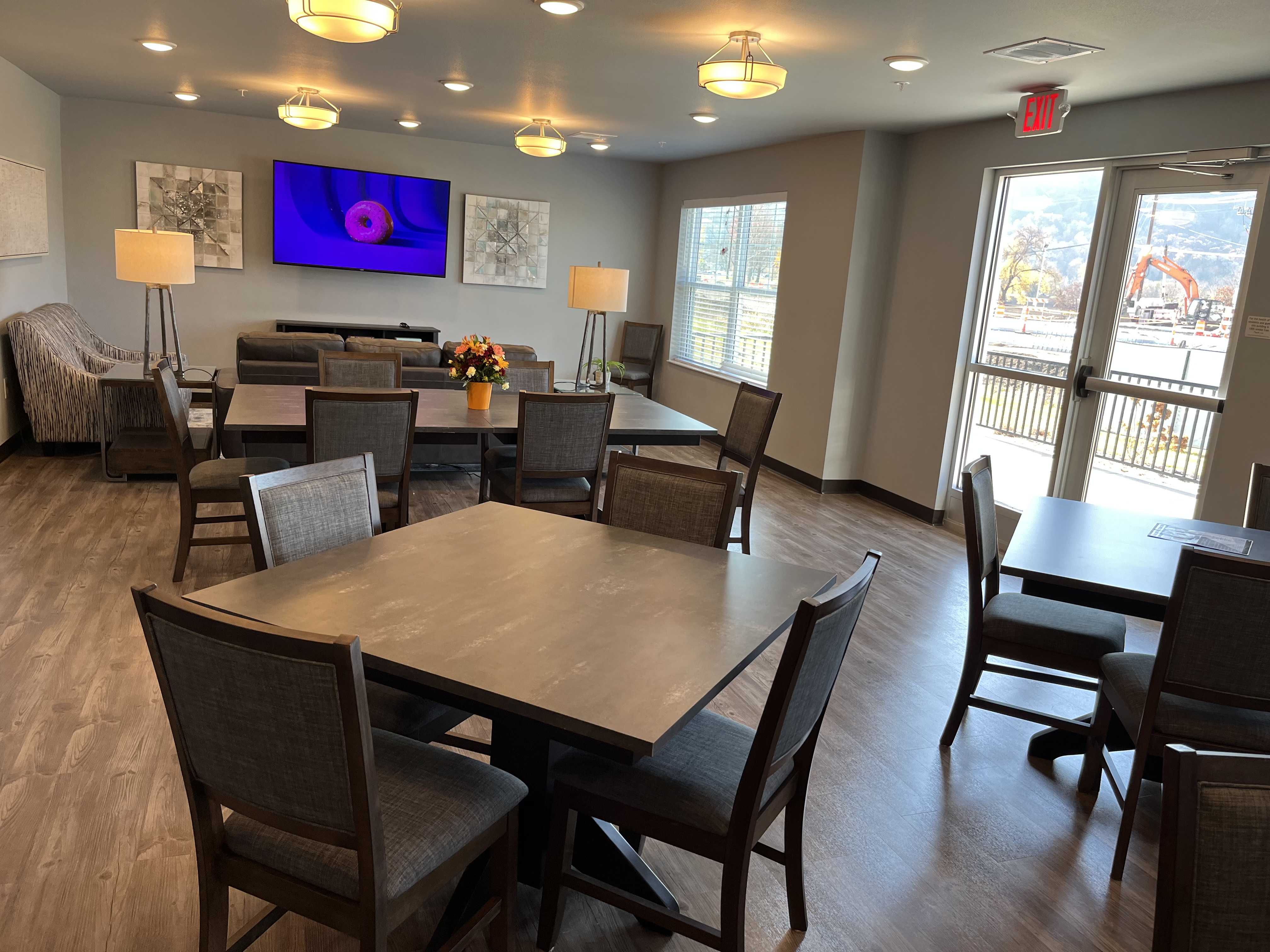
HUD Section 811 Project-Based Rental Assistance Program for Supportive Housing
Minnesota Housing, in partnership with the Minnesota Department of Human Services (DHS), administers the HUD Section 811 PRA Program.
The purpose of the program is to expand the supply of supportive housing units that promotes and facilitates community integration for people with significant and long-term disabilities. This program also advances Minnesota's Olmstead Plan, a series of key activities to ensure people with disabilities live, learn, work, and enjoy life in the most integrated setting possible.
Eligible properties include both existing properties as well as projects that are selected for capital funding through the annual Multifamily Consolidated Request for Proposals (RFP)/Housing Tax Credits (HTC) funding rounds. Applicants cannot apply for only the HUD Section 811 PRA Program through the annual Multifamily Consolidated RFP; HTC funding rounds; They must also apply for capital funds. For existing developments, Minnesota Housing will announce an open application for funding in 2025. HUD Section 811 PRA Program awards are contingent on funding availability. Selected properties enter into a Rental Assistance Contract (RAC) with Minnesota Housing and receive monthly housing assistance payments (HAP) by submitting payment vouchers in HUD’s Tenant Rental Assistance Certification System (TRACS). The term of the RAC is 20 years. No more than 25% of the total units in an eligible multifamily property can have occupancy restrictions or preferences for people with disabilities. This percentage includes the HUD Section 811 PRA units. Rent levels cannot exceed the applicable fair market rents (FMR) as determined by HUD.
To learn more about the HUD Section 811 PRA program, watch this video (05:19) or visit HUD’s website
Sign up for our eNews to receive Section 811 PRA news.
Contact
-
Minnesota Housing Program Team Members
